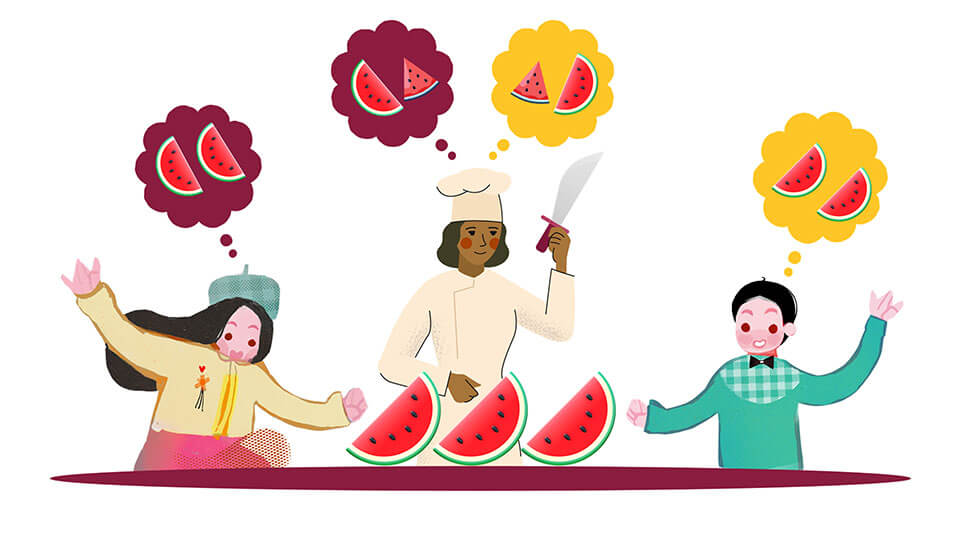Moral character
Assets | Fairness

The equitable, just and reasonable treatment of others according to their needs.
1. Highlights
Making decisions and taking actions that value fairness can be very complicated, given the diversity of lived experiences represented in our learning communities. Understanding both our own values and those of others through reflection and inclusive perspective-taking can help us navigate difficult moral dilemmas.
Create solutions that result in equitable and just outcomes
Consider how our decisions and actions will affect a wide variety of people
Seek to understand our community's values around what fairness looks like
From a young age, children have an innate sense of what is fair and what is not. This basic human sense of fairness provides the foundation for our understanding of justice and equity. The PI practice of moral and ethical decision-making is deeply concerned with fairness. When we practice Principled Innovation, we have to consider how our decisions and approaches will affect a wide variety of people. Will our innovations result in equitable treatment of these groups? Will the benefits be distributed in a fair way? What would we want our society to look like if we could not predict the family and community into which we would be born? If one group would benefit in that society more than another, might this still be fair, given that group’s context and history?
Understanding the values of our community around what constitutes fairness in systems change involves engaging our PI character assets of inclusivity, perspective-taking and empathy, to bring to light the perspectives of students, fellow educators, families and caregivers on what a just community should look like. In this way, inclusivity, perspective-taking, and empathy are closely tied to the important educator disposition of fairness: each of these assets is necessary to help us to enact this asset in our personal and professional lives.


2. Context

Equitable and inclusive teaching
Article
10 minutes
By: Harvard's Derek Bok Center for Teaching and Learning
Justice and fairness
Article
10 minutes
By: Markkula Center for Applied Ethics, Santa Clara University
Solving the achievement gap through equity, not equality
Video
9 minutes
By: Lindsey Ott, TEDx
Teaching equity vs equality in K-2 classrooms
Tool
20 minutes
By: Teachers Network
